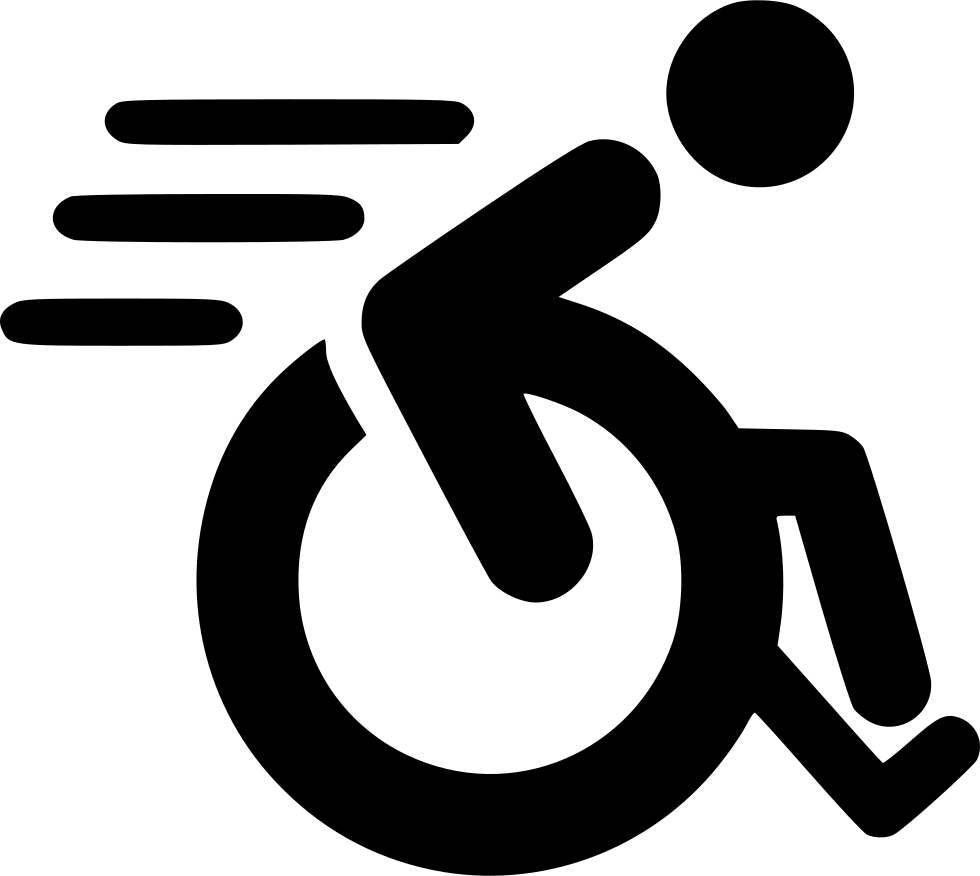Educational Articles
-
Just like people, your dog can mourn when there has been a loss in their world, and the symptoms are similar. There are ways that you can help, with some guidance from your veterinarian or a behaviorist if needed.
-
Behavior problems with your dog may need to be addressed by a trainer, certified animal behaviorist, or boarded veterinary behaviorist. Determining what level of help you need depends on the problem and if medical issues have been ruled out. Behavioral problems can take time and patience is a must.
-
Dogs love their owners unconditionally and science has proven as much. Their senses of smell and hearing are intensely tied to their recognition of their family members.
-
When a behavior is harmless, it is probably normal. When a behavior is destructive, disruptive, or places people or other pets at risk, it is not normal. Addressing the problems early, before they become ingrained, is the best hope for avoiding future problems.
-
Many veterinarians, including nutritionists and behaviorists, believe it is important for dogs and cats to express their natural foraging and hunting behaviors. For pets living indoors, this can be difficult, and the lack of this stimulation can sometimes lead to behavior problems. Enriching a pet's environment with food toys and puzzles at mealtimes can fulfill the need to forage. The use of toys, puzzles and other novel methods of food delivery can also be effective ways to increase daily movement in overweight or inactive pets.
-
Dogs can be amazing family members and greatly enrich our lives! Adding a dog to the family is also a serious commitment, and research before choosing a dog will help set the family and the dog up for success. This handout goes over some factors to consider when selecting a dog.
-
Dogs may become frightened of specific locations due to a traumatic event or negative experience that occurred at the location. Comfortable exposures during a puppy's sensitive socialization period may prevent fear from developing. Treatment includes behavior modification and medication, in some cases.
-
Dog food has been made so palatable that it can easily create gluttonous behavior. Meal feeding and portion control are important to prevent obesity. Owners should not give in to begging behavior. Dogs that are still hungry after their meal can be supplemented with snacks such as green vegetables recommended by your veterinarian. Dogs that eat too quickly can be fed creatively to slow down eating.
-
Interactive feeders that require a pet to think and work for their food call upon pets’ natural instincts to hunt or forage. Besides being fun, these food puzzles may help both physical and behavioral problems in cats and dogs. When used correctly, interactive feeders may benefit pets that eat too quickly, become bored when alone, or suffer from separation anxiety.
-
Gentamicin + betamethasone valerate + clotrimazole (Otomax®) is a combination topical ear medication used to treat bacterial and/or yeast ear infections in dogs. It is also used off label to treat bacterial and/or yeast infections in cats, or for the topical treatment of superficial skin infections in both dogs and cats.


